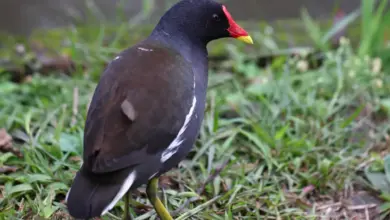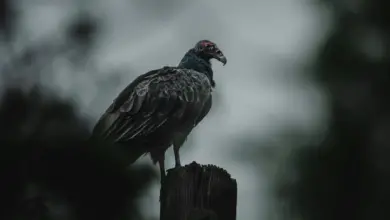Picoides:
Found primarily in North America. The plumage of most are predominantly black and white, brown and white in some southern species, with the male often having a red (or yellow) badge.
[ez-toc]
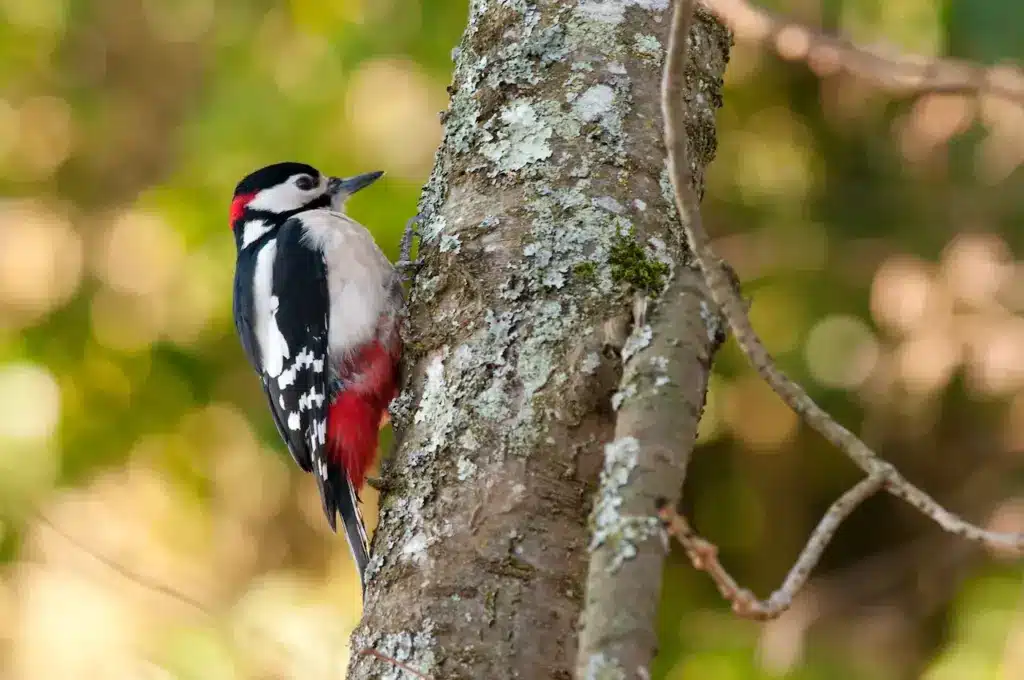
- Arizona Woodpeckers (Picoides arizonae)*
- Downy Woodpeckers (Picoides pubescens)*
- Black-backed Woodpecker (Picoides arcticus)*
- American Three-toed Woodpecker(Picoides dorsalis)*
- Eurasian Three-toed Woodpecker (Picoides tridactylus)*
- Ladder-backed Woodpecker (Picoides scalaris) *
- Hairy Woodpecker (Picoides villosus)*
- Nuttall’s Woodpecker (Picoides nuttalli)*
- Red-cockaded Woodpecker (Picoides borealis)*
- Strickland’s Woodpecker (Picoides stricklandi)
- White-headed Woodpecker (Picoides albolarvatus)*
Colaptes
Found in the Americas. They typically have a brown or green back and wings with black barring, and a beige to yellowish underside, with black spotting or barring. There are usually colorful markings on the head.
- Andean Flicker (Colaptes rupicola)*
- Campo Flicker (Colaptes campestris)*
- Chilean Flicker (Colaptes pitius) *
- Fernandina’s Flicker (Colaptes fernandinae) *
- Gilded Flicker (Colaptes chrysoides) *
- Green-barred Woodpecker (Colaptes melanochloros)
- Red-shafted Flicker / Northern Flicker (Colaptes [auratus] cafer) – Yellow-shafted Flicker / Red-shafted Flicker / Golden-winged Woodpecker / Lesser Yellownape or extinct Guadalupe Flicker * – The Northern Flicker is a widespread nesting bird that spends the entire year along the coast. In winter, the resident birds are joined by relatives from the north that have migrated south for the winter. Unlike other woodpeckers, this species feeds more on the ground than in trees. The many species of coastal ants are a favorite food of this woodpecker.
- Spot-breasted Woodpecker (Colaptes punctigula)
- Golden-olive Woodpecker (Colaptes rubiginosus)
Dendrocopos
These small woodpeckers occur naturally in Asia and Europe and Northern Africa. Their range stretches from the Philippines to the British Isles.
- Arabian Woodpecker (Dendrocopos dorae)
- Brown-capped Pygmy Woodpecker (Dendrocopos nanus): Distribution: India
- Brown-fronted Woodpecker (Dendrocopos auriceps)
- Crimson-breasted Woodpecker (Dendrsocopos cathpharius)
- Darjeeling Woodpecker (Dendrocopos darjellensis)
- Fulvous-breasted Woodpecker (Dendrocopos macei)
- Grey-capped Woodpecker aka Grey-capped Pygmy Woodpecker (Dendrocopos canicapillus)
- Himalayan Woodpecker (Dendrocopos himalayensis)
- Philippine Woodpecker (Dendrocopos maculatus)
- Rufous-bellied Woodpecker (Dendrocopos hyperythrus)
- Sulawesi Woodpecker (Dendrocopos temminckii)
- Stripe-breasted Woodpecker (Dendrocopos atratus)
- Pygmy Woodpecker (Dendrocopos kizuki)
- Yellow-crowned aka Mahratta Woodpecker (Dendrocopos mahrattensis): The Yellow-crowned Woodpecker is a small woodpecker found in South Asia
- Great Spotted Woodpecker (Dendrocopos major) aka Spotted Woodpecker or Greater Spotted Woodpecker (Dendrocopos major): Found in southwestern South America
- Lesser Spotted Woodpecker (Dendrocopos minor)
- Middle Spotted Woodpecker (Dendrocopos medius)
- Syrian Woodpecker Dendrocopos syriacus)
- White-backed Woodpecker (Dendrocopos leucotos)
Lepidocolaptes (Woodcreepers)
Found in the Americas
- Narrow-billed Woodcreeper (Lepidocolaptes angustirostris)
- White-striped Woodcreeper (Lepidocolaptes leucogaster)
- Lineated Woodcreeper (Lepidocolaptes albolineatus)
- Spot-crowned Woodcreeper (Lepidocolaptes affinis)
- Montane Woodcreeper (Lepidocolaptes lacrymiger)
- Streak-headed Woodcreeper (Lepidocolaptes souleyetii)
- Scaled Woodcreeper (Lepidocolaptes squamatus)
- Wagler’s Woodcreeper (Lepidocolaptes (squamatus) wagleri)
- Scalloped Woodcreeper (Lepidocolaptes falcinellus)
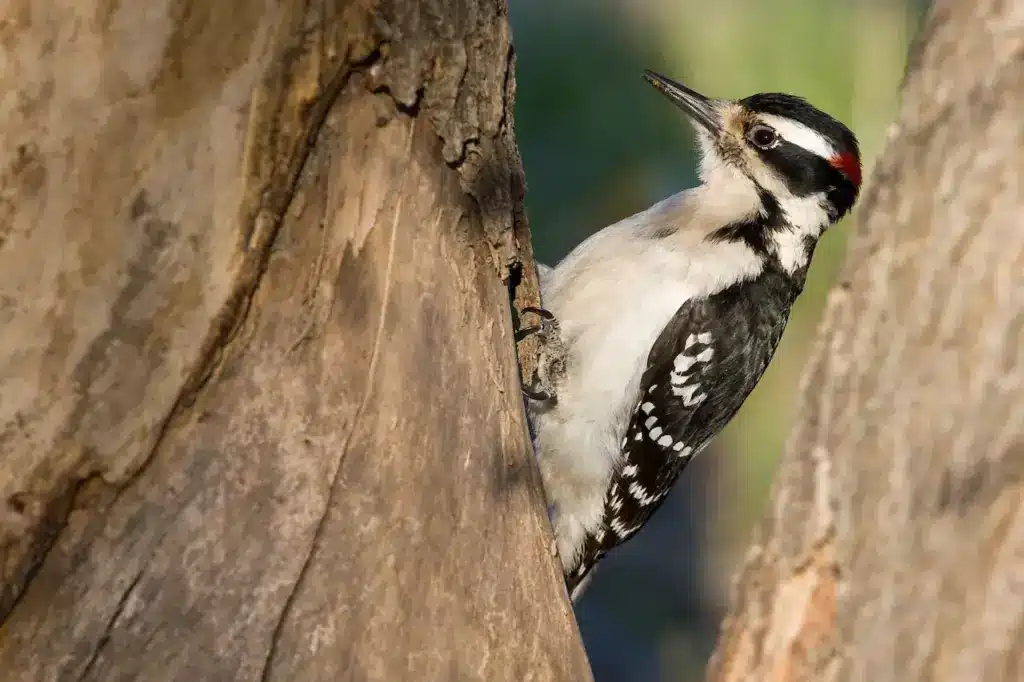
Dendropicos
Found in Africa
- Bearded Woodpecker (Dendropicos namaquus)
- Brown-backed Woodpecker (Dendropicos obsoletus)
- Olive Woodpecker (Dendropicos griseocephalus)
- Cardinal Woodpecker (Dendropicos fuscescens)
- Grey Woodpecker (Dendropicos goertae)
Picus
Found in Europe, Asia and North Africa.
- Black-headed Woodpecker (Picus erythropygius)
- Banded Woodpecker (Picus mineaceus)
- Checker-throated Woodpecker (Picus mentalis)
- Crimson-winged Woodpecker (Picus puniceus)
- Grey-faced Woodpecker (Picus canus)
- Greater Yellownape (Picus flavinucha)
- Laced Woodpecker (Picus vittatus)
- Japanese Woodpecker aka Japanese Green Woodpecker(Picus awokera): Japanese Woodpecker is a medium-sized woodpecker similar and closely related to the Green Woodpecker, but endemic to Japan. This species reaches about 30cm in length, with bright green wings and tail, a red or black mustache and crown (as opposed to the black face of the Green Woodpecker), gray head, neck, and chest, and white underparts with black markings. Japanese Woodpecker is divided into at least two subspecies: P. a. awokera, the nominate subspecies, found on Honshu, and P. a. horii, native to Kyushu. The binomial is a reference to the Japanese name of the species, aogera.
- Streak-throated Woodpecker (Picus xanthopygaeus): The Streak-throated Woodpecker is found in South Asia
- Scaly-bellied Woodpecker (Picus squamatus)
- European Green Woodpecker aka Yaffle (Picus viridis)
- Grey-headed Woodpecker (Picus canus) aka Grey-faced Woodpecker
- Lesser Yellownape Woodpecker [Picus chlorolophus]
- Levaillant’s Woodpecker aka Levaillant’s Green Woodpecker (Picus vaillantii)
Found in Africa.
- Nubian Woodpecker (Campethera nubica)
- Bennett’s Woodpecker (Campethera bennettii)
- Buff-spotted Woodpecker (Campethera nivosa)
- Golden-tailed Woodpecker (Campethera abingoni)
- Fine-spotted Woodpecker (Campethera punctuligera)
Celeus
Found in Central and South America.
- Blond-crested Woodpecker (Celeus flavescens)
- Chestnut-colored Woodpecker (Celeus castaneus)
- Cinnamon Woodpecker (Celeus loricatus)
- Cream-colored Woodpecker (Celeus flavus): The Cream-colored Woodpecker is a species of woodpecker native to South America, from Colombia and the Guianas to Peru, Bolivia, and the eastern part of Brazil. It is colored creamy yellow, except for the wingtips and tail, which are much darker. Males also have dark rings around their eyes. It has a large crest that is always raised. It eats mainly tree ants, although it does eat other insects and some fruits. It is not known how the Cream-colored Woodpecker nests, although it is believed that they nest in holes in trees. They do not migrate.
- Rufous Woodpeckers (Celeus brachyurus): The Rufous Woodpecker is a brown woodpecker found in South Asia. It is medium sized with black vermiculations (= a pattern of fine, wavy, worm-like lines or streaks of color) on its rufous body and a dark eye stripe. The species has a weak and slightly curved bill. It builds its nests within the nests of ants of the species Crematogaster.
- Scaly-breasted Woodpecker (Celeus grammicus)
- Chestnut / Elegant Woodpecker (Celeus elegans)
Veniliornis
Found in Central and South America.
- Blood-colored Woodpecker (Veniliornis sanguineus)
- Little Woodpecker (Veniliornis passerinus)
- Scarlet-backed Woodpecker (Veniliornis callonotus)
- White-spotted Woodpecker (Veniliornis spilogaster)
- Smoky-brown Woodpecker (Veniliornis fumigatus)
- Red-rumped Woodpecker (Veniliornis kirkii)
- Checkered Woodpecker (Veniliornis mixtus): The Checkered Woodpecker is found in eastern South America. This bird is about 5 1/2 inches (14 cm) in length. This woodpecker is black and white. The male has a red mark on the back of its head.
- Striped Woodpecker (Veniliornis lignarius) – Meiglyptes: Found in southwestern South America.
- Buff-necked Woodpecker (Meiglyptes tukki)
- Buff-rumped Woodpecker (Meiglyptes tristis)
Campephilus
Found in Africa.
- Cream-backed Woodpecker (Campephilus leucopogon)
- Crimson-bellied Woodpecker (Campephilus haematogaster)
- Guayaquil Woodpecker (Campephilus gayaquilensis)
- Magellanic Woodpecker (Campephilus magellanicus)
- Pale-billed Woodpecker (Campephilus guatemalensis)
- Red-necked Woodpecker (Campephilus rubricollis)
- Robust Woodpecker (Campephilus robustus)
- Crimson-crested Woodpecker (Campephilus melanoleucos)
- Imperial Woodpecker (Campephilus imperialis)
- Ivory-billed Woodpecker (Campephilus principalis)
Dinopium
Found in Asia.
- Common Flameback (Dinopium javanense)
- Himalayan Flameback (Dinopium shorii)
- Olive-backed Woodpecker (Dinopium rafflesii)
- Black-rumped Flameback aka Lesser Golden-backed Woodpecker (Dinopium benghalense)
- Black-rumped Golden Flameback Woodpecker (Dinopium bengalensis)
Piculus
Found in the Americas.
- Crimson-mantled Woodpecker (Piculus rivolii)
- White-throated Woodpecker (Piculus leucolaemus)
- Yellow-browed Woodpecker (Piculus aurulentus)
- Yellow-throated Woodpecker (Piculus flavigula)
Melanerpes – Found in the Americas.
Mulleripicus
Found in Asia.
- Great Slaty Woodpecker (Mulleripicus pulverulentus)
Hemicircus
Found in Asia.
- Gray-and-buff Woodpecker (Hemicircus concretus)
- Heart-spotted Woodpecker (Hemicircus canente)
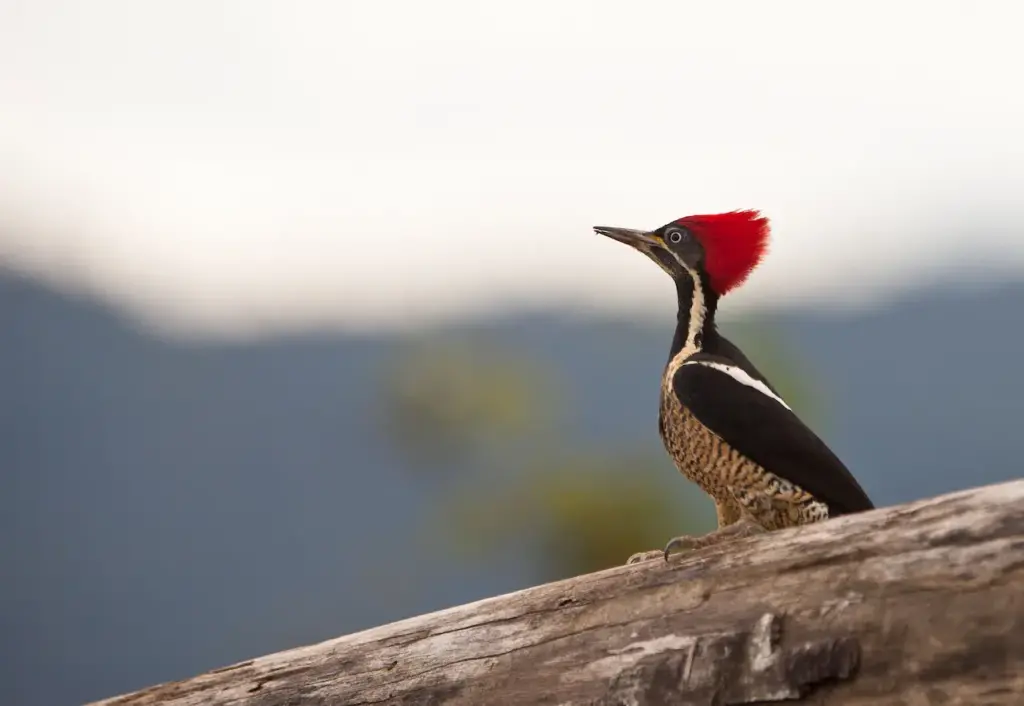
Geocolaptes
Found in Africa.
- Ground Woodpecker (Geocolaptes olivaceus)
Sapheopipo
Found in Japan.
- Okinawa Woodpecker (Sapheopipo noguchii): The Okinawa Woodpecker is endemic to the island of Okinawa in Japan. It is the only member of the genus Sapheopipo. This is a medium-sized (31cm), dark woodpecker. It is dark brown in color with reddish tips to its feathers. It has white spots on the primaries. The head is a paler brown, with a dark red crown on the male and a blackish-brown on the female. Their breeding habitat is subtropical, evergreen broad-leaved forest of at least 30 years old, with tall trees of more than 20 cm in diameter. Nesting is between late February and May. This woodpecker is critically endangered. It has a single tiny, declining population which is threatened by habitat loss of mature forest due to logging, dam construction, agriculture and golf course developments. The current population is estimated at less than 600.
Reinwardtipicus
Found in Indonesia.
- Orange-backed Woodpecker (Reinwardtipicus validus)
Dryocopus
Found in North and South America, Europe and Asia.
- White-bellied Woodpeckers aka Great Black Woodpecker (Dryocopus javensis): The White-bellied Woodpecker is found in evergreen forests in southwestern and central India. They are found in forests in the Western Ghats. They are the largest of the Indian Woodpeckers and nest in large dead trees, often beside rivers. The call of this species is a loud ‘Kyaaw’ and like other woodpeckers it drums on wood but sounds much louder than those of smaller species.
- Black Woodpecker (Dryocopus martius)
- Pileated Woodpecker (Dryocopus pileatus)
- Lineated Woodpeckers (Dryocopus lineatus)
Chrysocolaptes
Found in Asia.
- Greater Flameback aka Large Golden-backed Woodpecker or Malherbe’s Golden-backed Woodpecker (Chrysocolaptes lucidus)
- White-naped Woodpecker (Chrysocolaptes festivus)
Dendrocincla
Found in the Americas.
- Tawny-winged Woodpeckers (Dendrocincla anabatina)
- Plain-brown Woodcreeper (Dendrocincla fuliginosa)
Listing by Jeannine Miesle

